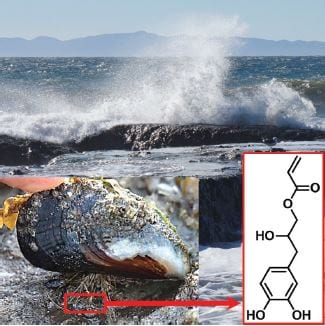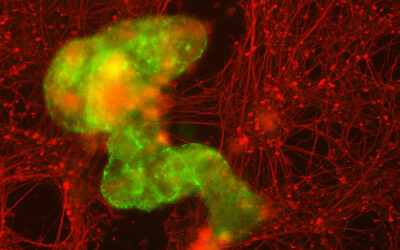Many people experience a loss of their dental restoration in a short period time (often less than a few months or years), causing repeated restoration treatments followed by crown, implant, and an eventual tooth loss, that is directly affects the quality of human life.
The loss of dental adhesion and restoration occurs because the current dental resins and restorative composites are hard and rigid, and thus fragile. The high hardness/rigidity compromises the extensibility and flexibility in state-of-the-art load-bearing polymer composites, including dental-resin composites. On the other hand, in biological organisms, the phenomenon of hard but extensible is displayed in rigid tissues, such as teeth and bone; this is demonstrated by energy dissipation of the sacrificial bonds and hidden length mechanisms. However, in man-made systems these toughening phenomena, to date, have only been demonstrated only in soft materials such as hydrogels.

The catechol-rich interfacial mussel foot proteins of marine mussels are inspiration for a material with potential application as more durable and ductile material for dental adhesion and restoration
In a study reported by B. Kollbe Ahn and co-workers, article number 1702036 in Advanced Materials, using dynamic bonds inspired from the biological adhesive primers of the catechol-rich interfacial mussel foot proteins of marine mussels, the trade-off between hardness/rigidity and extensibility/flexibility of a man-made polymer composite is successfully diminished, resulting in 50% increase in toughness. The elastic modulus of the bioinspired polymer composites, E ≈ 3.5 GPa, represents stiffness up to a million times higher than that of toughened hydrogels found in the literature. Thus, the utility of bioinspired dynamic bonding for the processing a wide range of practical polymeric interfaces is demonstrated, including structural, load-bearing materials.
This more durable and ductile material for dental adhesion and restoration will possibly extend the lifetime of people’s teeth. The technology can also replace the current silane-based surface treatments for various practical applications to enhance both the mechanical properties of polymer composites that contain mineral fillers and the adhesion properties of polymer resins to mineral/metal surfaces.
















